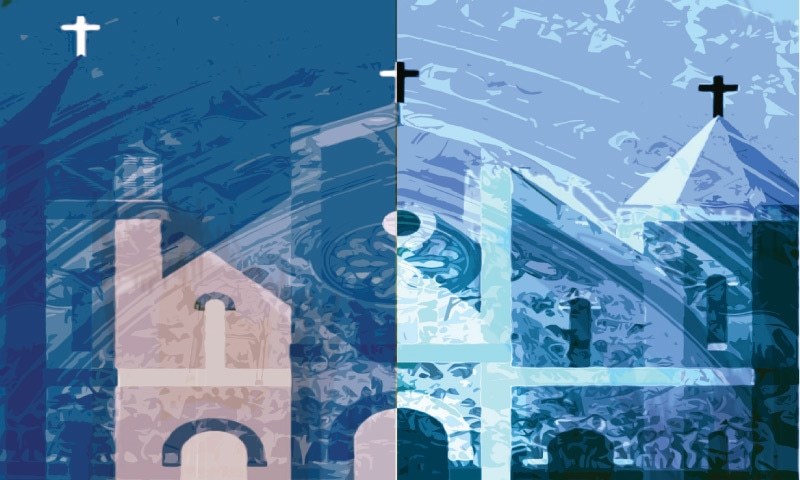by MUBARAK ALI

In 1517, the incident where Martin Luther (d.1546) nailed his 95 thesis to the door of a church, thereby challenging corruption in the church as well as the Pope’s authority, divided the Christianity into two sects: the Catholics and the Protestants. Religious division further broke Europe down politically. The allegiance of the people depended on state religion. The result of this sectarian schism was that Protestants living in a Catholic majority country became a religious minority and hence insecure and unsafe. Similarly, the Catholics in a Protestant state became a minority. Both sects vehemently spent their resources and energies to defend their faith and to accuse each other as heretic and misleading, deviating themselves from the original and pure Christian teachings.
This religious righteousness and extremism justified violence and discrimination of the opposite sect. Consequently Europe faced religious and political destability which affected its culture, civilisation and economy. Scholars and intellectuals on both sides defended their sect and researched material to support and strengthen their faith.
For example, in France which was predominantly a Catholic country, the Protestants were known as the Huguenots. They were followers of John Calvin (d.1546) and were in minority. The deep religious conflict between these two sects frequently erupted causing insecurity among the Huguenots. The worst event occurred in 1572, known as the Bartholomew massacre when the Huguenots were gathered for a marriage ceremony and a mob suddenly attacked them, killing and mutilating their bodies. With great passion and religious zeal, the mob caused bloodshed and killing. According to eye-witness accounts, the dead bodies of the victims lay scattered in the streets of Paris. The other cities of France also became involved in the conflict, persecuting the Huguenots to satisfy religious hatred.
Dawn for more
